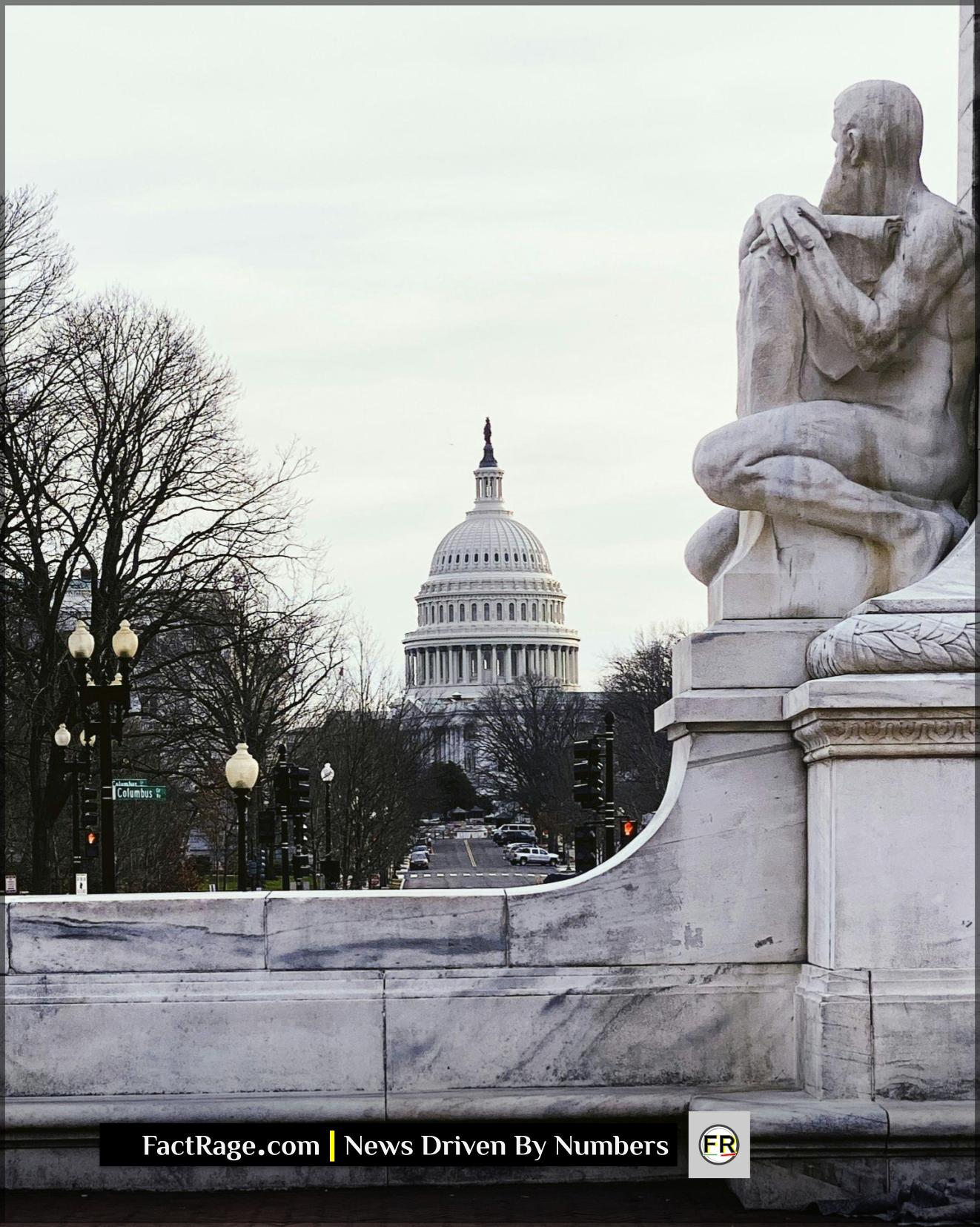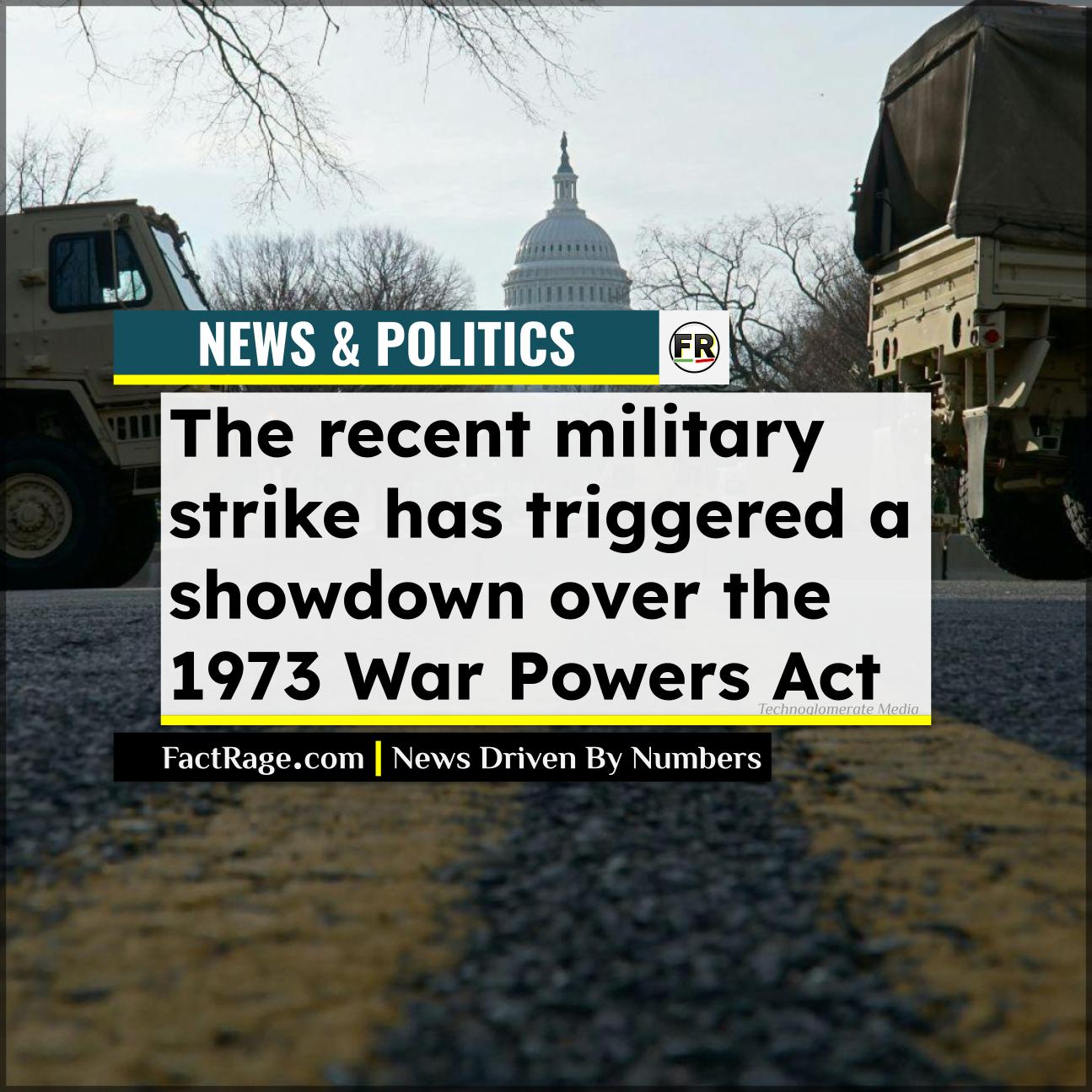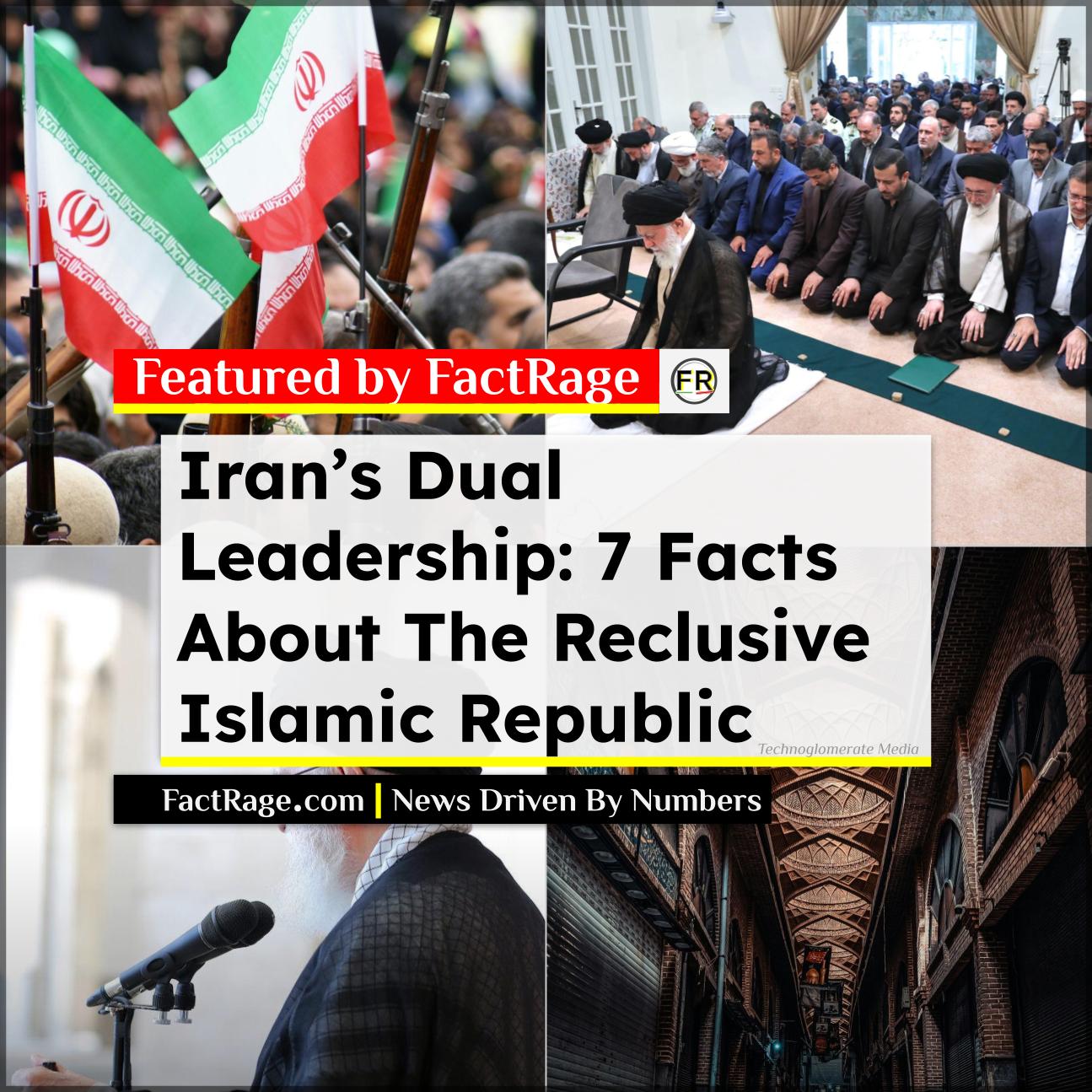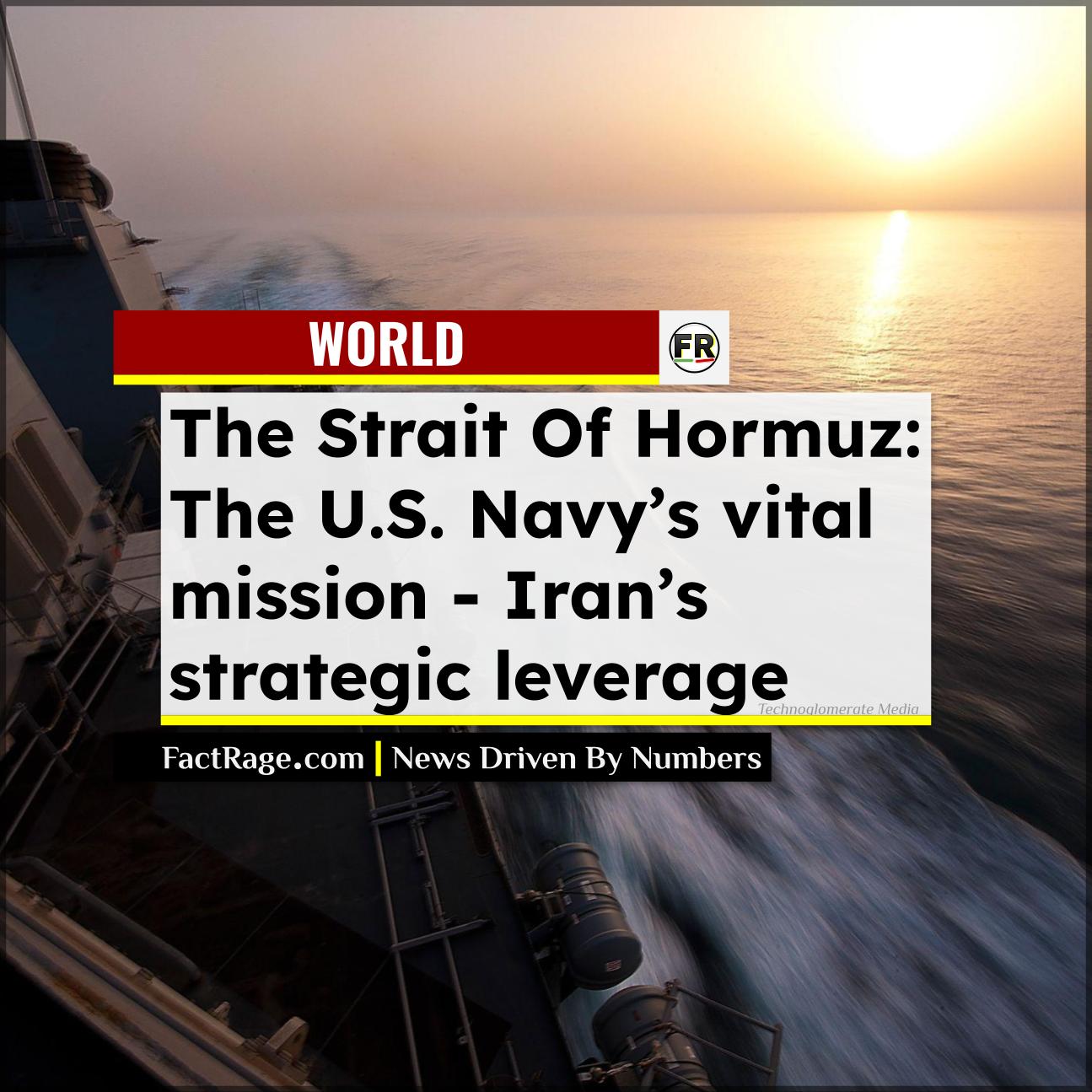WASHINGTON, D.C. – A recent U.S. military strike on Iran has ignited a familiar but fierce constitutional debate between the White House and Capitol Hill, pushing the half-century-old War Powers Act back into the national spotlight.
- The Core Conflict – The U.S. Constitution divides war-making authority: Article I grants Congress the power ‘to declare War,’ while Article II names the President the ‘Commander in Chief’ of the armed forces.
- The Law in Question – The War Powers Act of 1973 requires the president to notify Congress within 48 hours of committing armed forces to military action and forbids forces from remaining for more than 60 days without congressional authorization.
- The Central Debate – The current disagreement hinges on whether the strike was a limited defensive action under the president’s authority or an ‘act of war’ that required prior approval from Congress under the 1973 law.
The action against Iran raises critical questions about the separation of powers and the legal framework that governs how the United States engages in armed conflict. This dispute is not new; it is a recurring tension baked into the very fabric of the U.S. Constitution.
The Policy Behind the Power: What Is the War Powers Act?

Passed in 1973 over President Richard Nixon’s veto, the War Powers Resolution—commonly known as the War Powers Act—was a direct response to the prolonged Vietnam War, a conflict that expanded for years without a formal declaration of war. Members of Congress grew concerned about the erosion of their constitutional authority and sought to reassert their role in decisions that commit U.S. troops to hostilities.
The act’s main provisions are designed to ensure that Congress is a partner in war-making decisions: * Consultation: The president should consult with Congress “in every possible instance” before introducing U.S. forces into hostile situations. * Reporting: The president must report to Congress within 48 hours after introducing troops into hostilities. * Time Limit: Armed forces cannot remain in a conflict for more than 60 days without a formal declaration of war or an Authorization for Use of Military Force (AUMF) from Congress. The law allows for a 30-day extension for the safe withdrawal of troops.
A Deliberate Constitutional Tension
The framers of the Constitution intentionally split military powers. Article I, Section 8 gives Congress the power to declare war, raise and fund the military, and make the rules for its governance. However, Article II, Section 2 makes the president the “Commander in Chief,” granting the authority to direct the military.
This division was meant to ensure that the decision to go to war, with all its consequences, would require broad political consensus, while still allowing the nation to respond quickly to a direct attack. Presidents of both parties have consistently argued that the War Powers Act is an unconstitutional infringement on their executive authority as Commander-in-Chief, asserting an inherent power to use force to defend U.S. national interests.
Was the Iran Strike an ‘Act of War’?
The current debate hinges on how the strike is defined. The administration’s position will likely be that this was a limited, defensive, and proportional strike intended to deter future Iranian aggression. Under this interpretation, the action would not be considered a “war” in the constitutional sense, but rather a tactical operation falling under the president’s Article II powers to defend the nation.
Conversely, many in Congress argue that any offensive military action taken against a sovereign nation without an imminent threat of attack on the U.S. is, by definition, an act of war. From this perspective, launching strikes without congressional approval is a clear violation of the War Powers Act and the Constitution itself. They contend that such actions require open debate and a vote, a process the 1973 law was specifically designed to protect.
A Long History of Unresolved Questions
This clash is a well-worn path in American politics. Presidents since Nixon have viewed the War Powers Act as a challenge to their authority and have often engaged in military actions without explicit prior consent from Congress. Examples include actions in Grenada (Reagan), Kosovo (Clinton), and Libya (Obama).
Despite decades of debate, the Supreme Court has never directly ruled on the constitutionality of the War Powers Act itself. The courts have largely treated these disputes as “political questions” to be resolved by the executive and legislative branches. This judicial avoidance leaves the core constitutional conflict unresolved, destined to resurface each time a president decides to use military force abroad.














